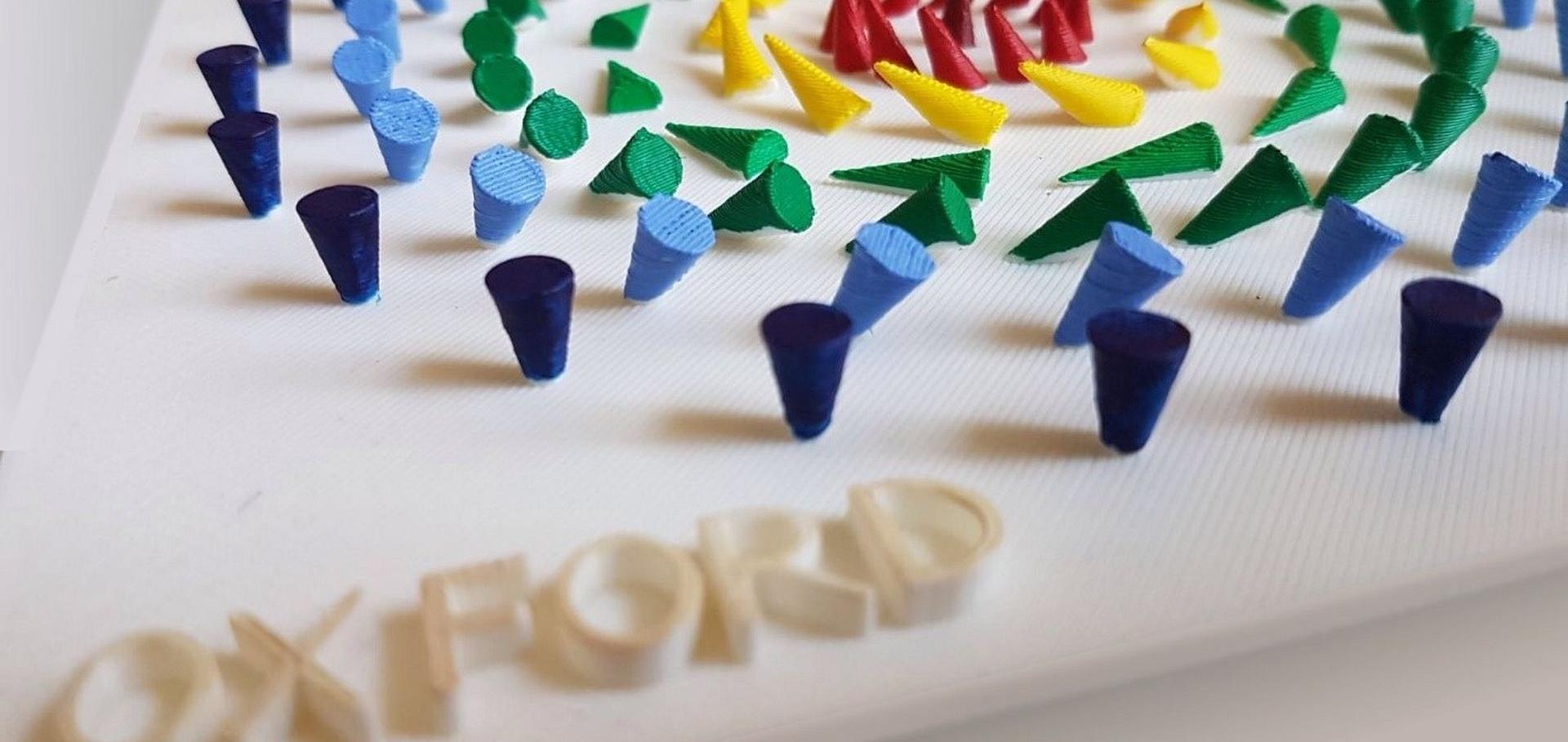Combining in-situ transport experiments with real space imaging and resonant elastic X-ray scattering: chiral magnets in a transmission electron microscope
Microscopy and Microanalysis Oxford University Press 31:S1 (2025)
Intrinsic Magnetism and Field‐Driven Spin Alignment in NiI 2 Revealed by X‐ray Magnetic Spectroscopy
physica status solidi - Rapid Research Letters Wiley (2025) 2500130
Abstract:
This study investigates the intrinsic magnetism and field‐driven spin alignment in NiI2 using X‐ray absorption spectroscopy and X‐ray magnetic circular dichroism (XMCD). NiI2, a van der Waals material, exhibits helimagnetic and type‐II multiferroic behavior. This study reveals robust XMCD signals across paramagnetic, antiferromagnetic, and helimagnetic phases under applied out‐of‐plane fields up to 6 T, while no net moment emerges at zero field. Atomic multiplet calculations confirm a covalent Ni 3d ground state with a significantly reduced spin moment. The results establish the intrinsic nature of NiI2's magnetism and clarify its field‐driven spin alignment mechanism. This comprehensive spectroscopic characterization lays the foundation for future applications of NiI2 in advanced spintronic and multiferroic devices, despite challenges posed by its low transition temperature in the monolayer limit. Future research should focus on enhancing its critical temperature through doping, strain engineering, or heterostructure fabrication.Magnetotransport Measurements in Overdoped Mn:Bi2Te3 Thin Films
Crystals MDPI 15:6 (2025) 557-557
Tunable chiral magneto-transport through band structure engineering in magnetic topological insulators Mn(Bi1-xSbx)₂Te₄
Science advances 11:20 (2025) eadt6084-eadt6084
Abstract:
Berry curvature and spin texture are representative tuning parameters that govern spin-orbit coupling-related physics and are also the foundation for future device applications. Here, we investigate the impact of the Sb-to-Bi ratio on shaping the electronic band structure and its correlated first- and second-harmonic magneto-transport signals in the intrinsic magnetic topological insulator Mn(Bi1-xSbx)2Te4. First-principles calculations reveal that the introduction of Sb not only triggers a topological phase transition but also changes the integral of the Berry curvature at the shifted Fermi level, which leads to the reversal of the anomalous Hall resistance polarity for Sb fractions x > 0.67. Moreover, it also induces the opposite spin splitting of the valence bands compared to the Sb-free host, and the resulting clockwise/counterclockwise spin chirality gives rise to a tunable unidirectional second-harmonic anomalous Hall response. Our findings pave the way for constructing chiral spin-orbitronic devices through band structure engineering.Unusually High Occupation of Co 3d State in Magnetic Weyl Semimetal Co₃Sn₂S₂
ACS nano 19:9 (2025) 8561-8570


